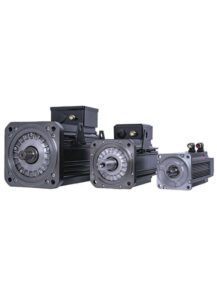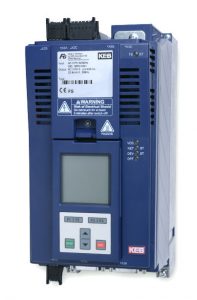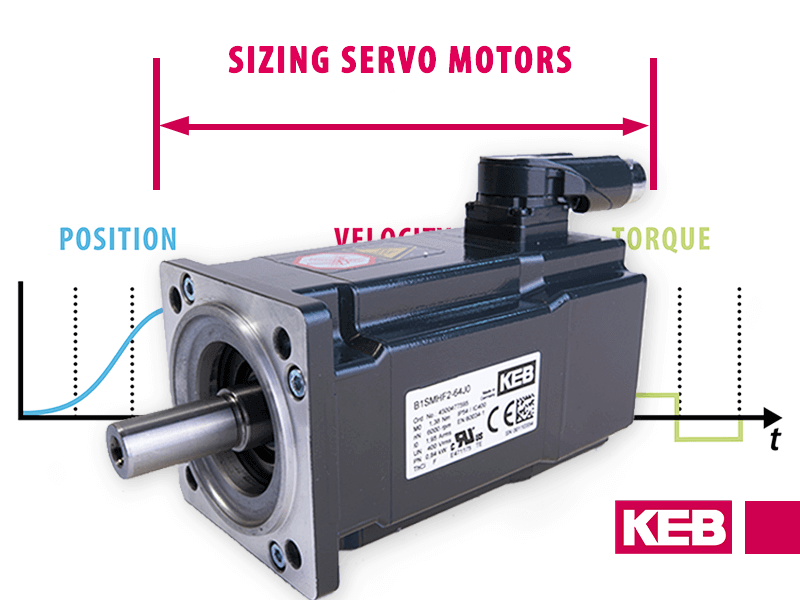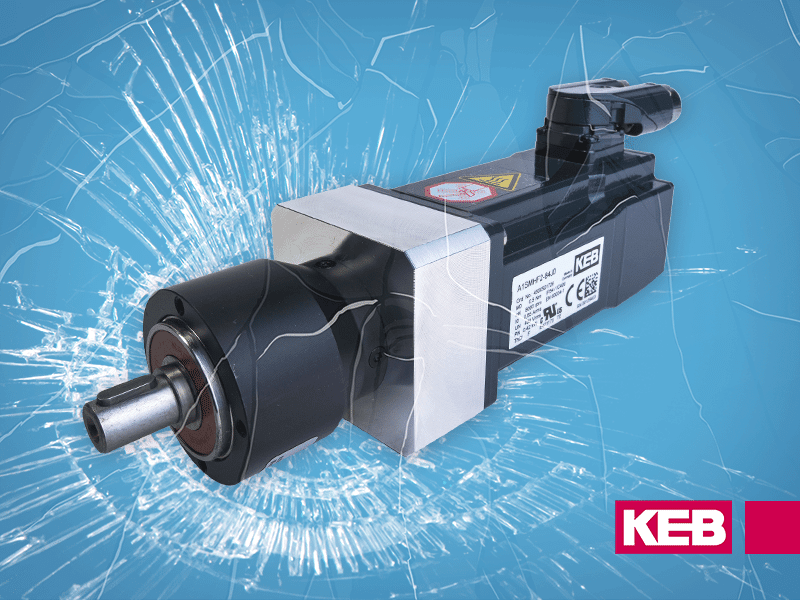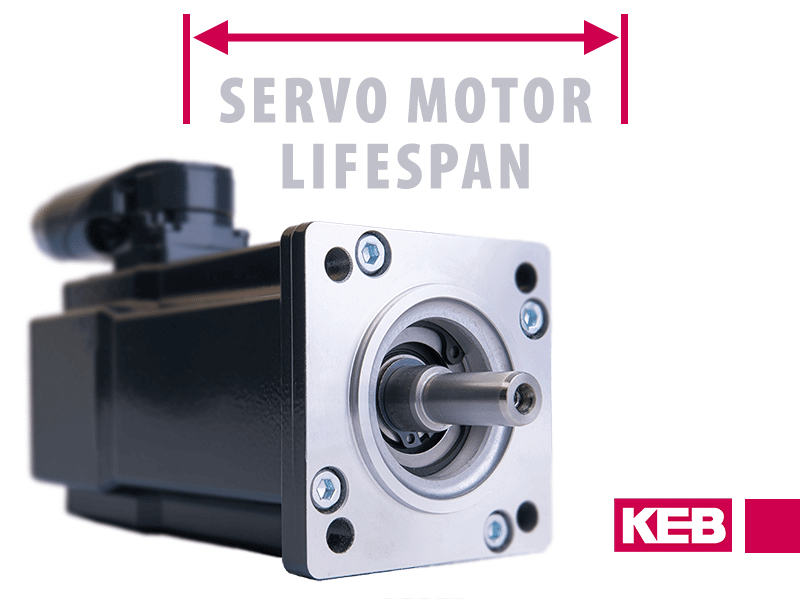How Large Servo Motors Are Transforming Industrial Machinery
Servo motors are commonly used in demanding, high-performance machinery like packaging machines and robotics. Most early adopters of servo motors in machinery have been in low-power applications (5kW and below). In these cases, the performance benefit (e.g., machine throughput) and ROI calculations are more easily done.
In recent years, however, machine builders have begun to explore the advantages of deploying large servo motors. This is particularly the case in applications where higher torque and continuous duty operation are essential.
This shift reflects an evolution in the technology and the mindset of design engineers. The new priorities are total system efficiency and long-term performance gains versus upfront equipment costs.
From Sticker Shock to Superior Performance: Large Power Servo Motors Become a Difference Maker in Industrial Machinery
Many large power applications traditionally used induction motors have been reluctant to change. The main reason is the “sticker shock” of the servo system (motor and amplifier).
However, KEB and other industry players have noticed an increasing interest among machine builders actively searching for ways to differentiate their machines and ultimately lower the lifetime cost of the motion control and motor system.
This growing interest is particularly evident in sectors like metal forming, converting, and high-throughput material handling. In these applications, integrating a large servo motor can significantly improve overall equipment effectiveness (OEE).
As more OEMs look beyond basic cost-per-horsepower comparisons, they recognize the competitive edge that advanced servo technology can offer.
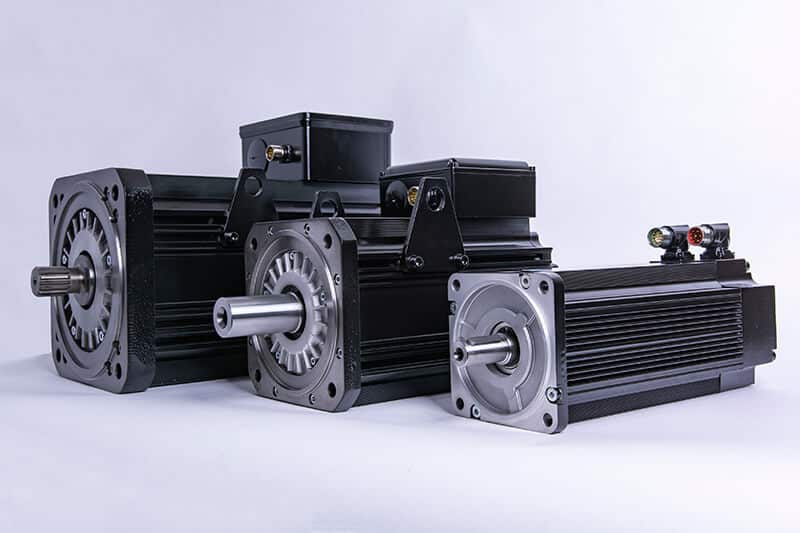
KEB’s DL4 series, which includes the SG, SF, and SE models, is specifically designed for high-performance applications that require precision and scalability. The DL4 motor offers machine builders a robust servo solution designed to meet the demands of industrial automation.
6 Reasons to Choose a Large Servo Motor
Machine builders should consider these six things when considering adopting large power servo motors:
1. Performance
This one is relatively straightforward and should be advertised by the machine builder as a selling point for their machine. Performance is measured by the amount of final product that is delivered over a period of time. Examples include bottles/min, cartons/min, and cycles/hr.
Servo motors offer fast acceleration and deceleration capabilities, making them ideal for fast cyclic applications like die cutters, presses, and indexers.
A product that needs to be scrapped due to being out of specification should not be counted in the throughput calculations. Servo motors provide better positioning and regulation of torque and speed, resulting in a better final product with less scrap.
Downtime and planned maintenance should be factored into the calculation of throughput. Machines requiring manual adjustments and calibration may exhibit lower productivity. This is especially true compared to those that can automatically reposition and self-adjust as needed.
In many cases, adopting a large servo motor allows machine builders to pursue more aggressive throughput targets without sacrificing precision or repeatability. For industries where micron-level tolerances and cycle time are mission-critical, servo motors provide the consistency that traditional systems struggle to maintain under dynamic loads.
2. Size and Weight Matter
Factory space is often at a premium, so emphasis should be placed on compact, capable machines. Large PM servo motors are inherently smaller than similar power-rated induction motors. These smaller motors reduce the machine footprint. This allows more equipment to be installed within the available space, potentially increasing production output before a costly facility expansion is necessary.
Smaller form factors also contribute to easier integration within legacy systems or modular equipment designs. The reduced mass and envelope dimensions of a large servo motor can help engineers overcome packaging constraints without compromising torque delivery or thermal performance.
3. Ingress Protection
Servo motors offer full torque at 0 speed. They often carry nameplate torque ratings that allow them to be used indefinitely (S1 duty) at 0 speed. This differs from standard induction motors, which use a fan mounted to the shaft for cooling.
Most induction motors use TEFC (totally enclosed fan-cooled) designs. As motor speed decreases under VFD control, fan speed also drops, reducing cooling effectiveness. A separately powered fan can compensate, but it introduces two key drawbacks: it requires constant power and may lower the motor’s overall ingress protection rating.
Since servo motors do not have such a fan, they are often rated IP56 or IP65 due to improved sealing on the non-drive end.
In harsh industrial environments with dust, moisture, or chemicals, the superior sealing and passive cooling of servo motors can significantly reduce maintenance requirements and extend service intervals. This is particularly critical for washdown-rated equipment where high ingress protection is essential.
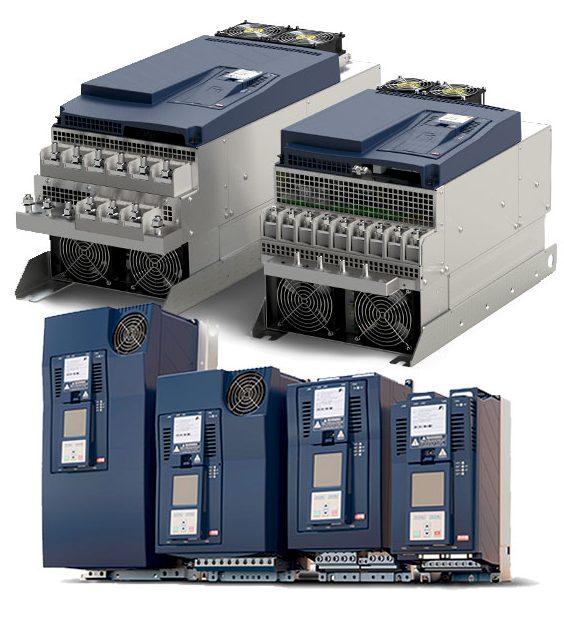
4. Liquid-cooled Servo Motors
Machine builders in demanding applications like extrusion and injection molding have long acknowledged the benefits of liquid-cooled drives and motors.
Liquid cooling offers a more efficient method of removing heat from both the motor and associated power electronics, allowing for greater power throughput from the motor/drive system.
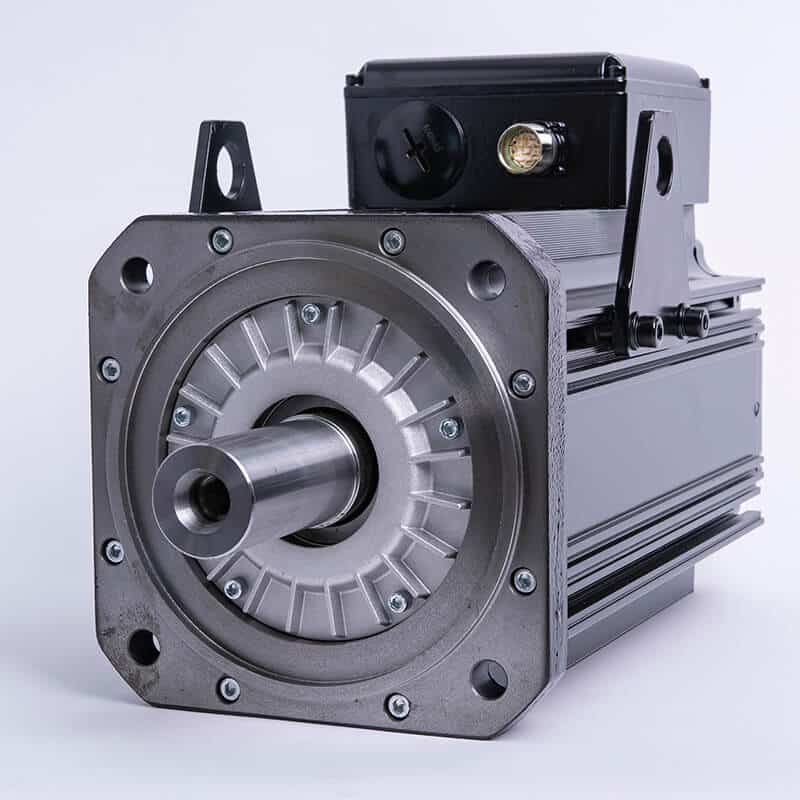
Like the Brusatori motor, liquid-cooled servos can be seamlessly paired with a KEB liquid-cooled VFD for optimal performance.
Better thermal management also enables longer periods of peak torque operation. This allows a large servo motor to handle intensive cycles with less derating. Liquid-cooled systems are inherently quieter, making them well-suited for environments that are sensitive to noise.
5. Large Power, High Torque
Innovative machine builders are increasingly using servo motor designs optimized for high torque. These motors are engineered with high pole counts, resulting in lower output speeds and increased torque.
This can eliminate the need for mechanical power transmission systems like gearboxes or belt drives, which introduce backlash. In high-precision cyclic applications, backlash compromises performance, making direct-drive servo motors the ideal solution.
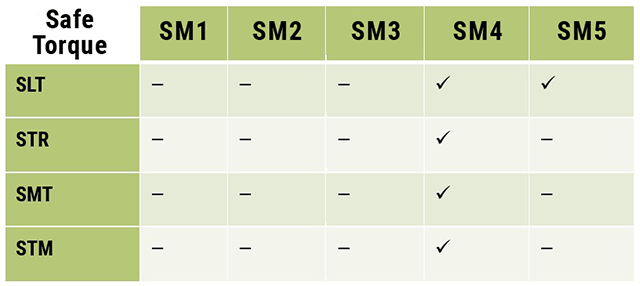
The availability of large servo motor configurations designed for high torque empowers OEMs to eliminate mechanical compromises. This improves rigidity, accuracy, and simplicity, leading to better part quality and reduced maintenance.
6. Energy Savings
Another important factor often overlooked is energy consumption over the machine’s lifespan. In many cases, electrical energy costs will exceed the motor’s initial purchase price, especially in machines that run continuously.
Servo motors are generally more efficient than induction motors–particularly in low power ranges, but also at higher capacities. Even small gains in efficiency can significantly reduce lifetime operating costs.
PM servo motors are especially beneficial in energy-intensive applications like extrusion, presses, and spindle-driven systems, where improved motor efficiency translates to real cost savings.
When scaled across multiple lines or high-volume operations, these energy savings can total six- or seven-figure reductions in annual operating expenses. For plants that prioritize uptime and throughput as KPIs, high-efficiency servo motors represent not just better engineering but a smarter business strategy.
The key point to remember is that while a large servo system may have a higher initial cost, it can still be a cost-effective choice if it results in enhanced quality and quantity of finished products.
High Torque Servo Motors: Higher Production, Higher Quality
Machine builders are defining new ways to differentiate their machines. One strategy gaining momentum is transitioning from induction motors to servo motor technology.
This shift delivers clear benefits:
- Higher production output
- Better product quality
- Smaller machine footprints
- Lower operating costs due to improved efficiency and stronger IP protection
KEB’s engineering team works closely with OEMs to develop integrated solutions fully leveraging large servo motor systems. Whether the need is high torque, high speed, or precision – or all three – our motion experts can help you achieve maximum performance by optimizing every element of the drive and control architecture.
The cost difference between induction and servo motors has narrowed. As a result, it’s worth reevaluating servo suitability across a wider range of high-power machinery applications.
Let's Work Together
Connect with us today to learn more about our industrial automation solutions and how to commission them for your application.
"*" indicates required fields
